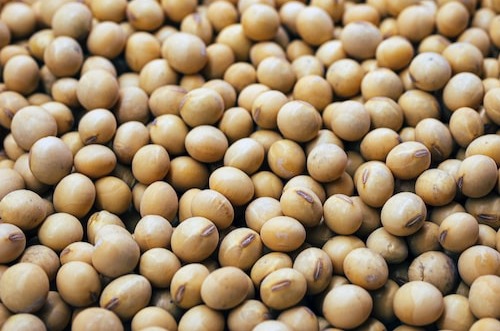
In W28 in the soybean landscape, global soybean prices are expected to be moderate in the 2023/24 season. The expected price moderation can be attributed to increased production in Brazil and Argentina, slowing demand growth in China, economic challenges in major importing countries like Egypt and Pakistan, and ample soybean supplies. The United States Department of Agriculture (USDA) projects a record-high global soybean output, driven by bumper crops in Brazil and a recovery in Argentina, while United States (US) soybean production is projected to decline. US soybean exports and stocks have been revised downwards by 3.4 million metric tons (mmt) and 1.4 mmt, respectively. However, US soybean crush was only marginally reduced due to strong demand for soybean oil as a biofuel feedstock. The US is expected to be less competitive in the soybean export market than South America, leading to higher prices or increased purchases from Brazil. Weather conditions, including the anticipated El Niño, are expected to also impact soybean prices and global production.
Safras and Mercado expect the 2023/24 Brazilian soybean harvest to reach a new record 163.2 mmt, a 4.5% increase compared to the 2022/23 season. The increase in production is expected to come from a 2.5% annual growth in the planted area, reaching 45.6 million hectares (ha). The expansion in soybean cultivation is anticipated to come at the expense of corn production during the summer season. The projection is subject to favorable weather conditions, and the planting is expected to begin in mid-September, depending on rainfall. Safras and Mercado highlighted the potential recovery in soybean production in Rio Grande do Sul, which was affected by drought in recent years. According to the Foreign Trade Secretariat (Secex), soybean exports from Brazil in W1 of Jul-23 reached a daily average of 720.8 thousand metric tons (mt), a significant increase of 101.7% year-on-year (YoY). As a result, total soybean shipments for W1 of July amounted to 3.6 mmt, slightly less than half of the total shipped in the entire month of Jul-22 when the harvest was smaller.
Lastly, the Buenos Aires Grain Exchange (BCBA) indicates that the Gross Agricultural Product (PBA) of soybeans in Argentina for 2023 is projected to be USD 7.35 billion, reflecting a significant decline in production and exports. The 2022/23 soybean harvest was marked by an adverse drought, leading to a 53.1% drop in production compared to the 2021/22 season. This decline is expected to significantly impact Argentina's economy, with the soybean chain's contribution to gross domestic product (GDP) decreasing by 67% and falling well below recent years. 2023/24 Argentine soybean exports are also expected to be severely affected, with estimated shipments reaching USD 12.54 billion, a 50% decrease from the 2022/23 season. The drought's consequences are evident in reduced processing levels and raw material imports, with soybean processing volume projected to be 25% lower than in 2022/23. Despite an unprecedented 10 mmt projection of grain imports for the industry, the first two months of the 2023/24 campaign witnessed the lowest processing levels in 15 years. The challenging weather conditions resulted in a national average soybean yield of 1.54mt/ha, a 44.8% decrease from the 2022/23 season and 44.9% below the five-year average.




